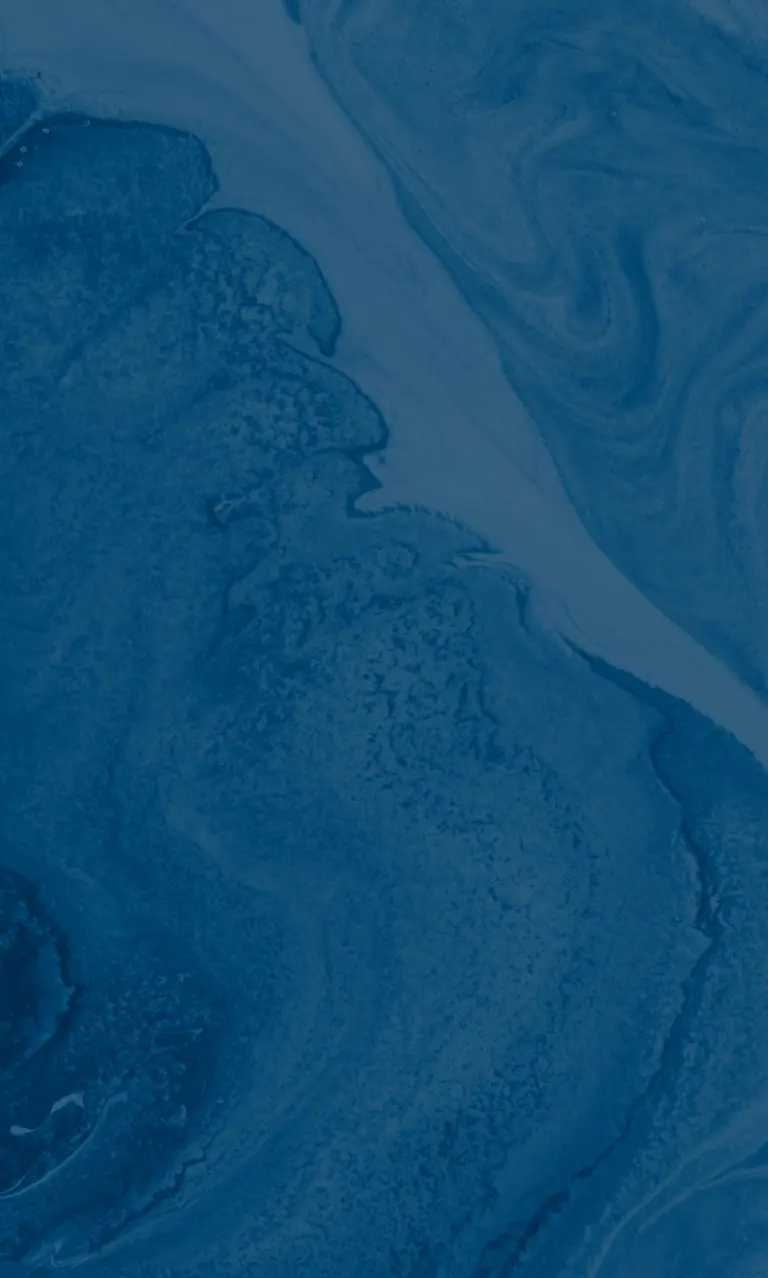Simode Improving understanding of the oceans by modelling the wave breaking that disrupts radar measurements
Understanding climate change requires knowledge of the oceans, acquired through the gathering of physico-chemical parameters such as temperature, salinity of surface waters, winds and currents. Such data are obtained, in particular, through remote sensing operations carried out with the help of radar and radiometric equipment, whether satellite, airborne, ship-borne or coastal. One of the difficulties of these operations arises as a result of the nature of the marine environment. The success of such surveying relies on an accurate understanding of the interaction of electromagnetic microwaves and the sea's surface, while recognising that a series of phenomena resulting from wave interactions – sudden breaking of waves, spray and whitecapping – plays a fundamental role in the quality and interpretation of measurements. There is currently no global hydrodynamic and electromagnetic model describing the interaction of electromagnetic microwaves and the sea's surface in the presence of breaking waves.
The SIMODE project will study this phenomenon that is fundamental to the dynamics of the upper waters of the ocean. As the principal mechanism whereby the energy of surface waves is dispersed, wave breaking also contributes to water/air interaction, as gases, heat and water are transferred between atmosphere and sea.
SIMODE's approach will be two-fold: the theoretical approach will take account of all aspects of wave breaking that affect microwave remote sensing in medium to strong winds. It will incorporate wave statistics, frequency of breaking and resulting whitecapping. In a second experimental phase, SIMODE will validate the theoretical developments through the colocalization of a maximum number of simultaneous measurements using a range of configurations – in-situ measuring, satellite data, optical imaging, radar and radiometric surveying in different frequency bandwidths. The study will be based on the interplay of already existing experimental data, plus a specially arranged airborne operation designed to meet the demands of the project.
Partners
Centres de recherche
- LSEET, UMR CNRS Université de Toulon, Toulon [Porteur de projet]
- Latmos, UMR CNRS -Paris 6 - Université Versailles, Saint-Quentin-en-Yvelines
- Ifremer, Brest
Funders
- Agence Nationale de la Recherche
